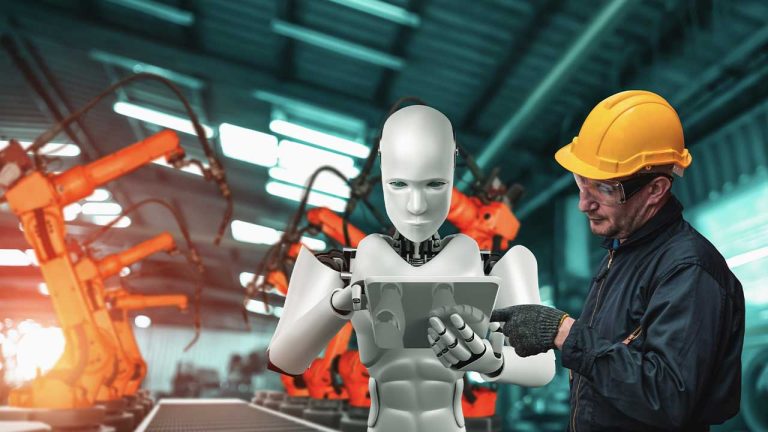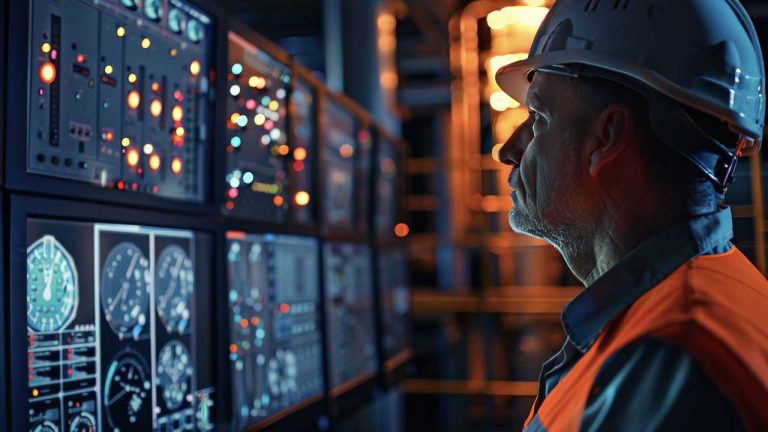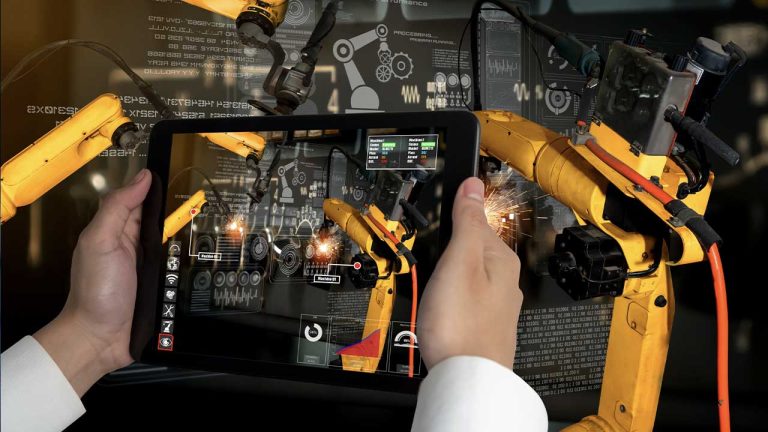Humans, Machines and the Future of Predictive Maintenance
There’s no denying that advancements in artificial intelligence and machine learning are occurring faster than most experts anticipated. The era of self driving cars is just on the horizon, the Jabberwacky chatbot can convince you it’s a human, and Google’s deep dream can produce creative works of art. Advancements in networking, information processing algorithms, and data storage technologies are enabling computers to acquire complex skillsets and capabilities. In the meantime, the world is left to wonder exactly how these technologies will be implemented and how they will impact existing markets and industries. The predictive maintenance industry is no exception. There is no question that IoT predictive maintenance is a superior strategy in comparison to common preventive maintenance and especially reactive maintenance. According to the Department of Energy’s operations and maintenance best practices guide, a predictive maintenance strategy can realize savings of 30-40% and 8-12% over reactive and preventive strategies respectively.
The benefits of a predictive program originate from the fact that it is a strategy driven by data such as vibration, ultrasound, temperature, electrical, and other measurements. This data ultimately drives informed decisions such as figuring out the specific repair required to fix a machine or timing the repair appropriately to minimize the risk of catastrophic failure. As such, some of the barriers to the success of a predictive program revolve around the challenges associated with acquiring and managing the vast amounts of information as well as processing or analyzing the information into accurate and actionable results. Not only that, but the industry will face a serious skills shortage if it is to solely use the traditional human-based analysis to keep up with the rising demand for predictive maintenance solutions. Time constraints associated with training proficient human analysts will hinder market growth. More about 7 Business Reasons to Develop a Predictive Maintenance Program
Analyst Trains the Machine
One popular type of machine deep learning implementation is called supervised learning. In supervised learning, the machine is trained using input datasets that are labeled. For example, if one wants to train a computer to recognize images of cats, they would feed many cat images through the algorithm while telling it that they represent cats. The label specifies the desired output for a given input. This training process can be thought of as building a strong association between pictures of cats and the label “cat.” Then, when a new and unlabeled image of a cat is shown, the algorithm will be able to successfully assign the correct label, and hence correctly classify the image.
With regards to vibration analysis, skilled analysts can play a valuable role in teaching computers how to analyze data. Faults such as shaft misalignment, resonance, imbalance, looseness, bearing wear, and many more, have unique data signatures that indicate the presence of said defects. By analyzing thousands of datasets and labeling them with the faults they represent, professional analysts can provide the input data necessary to teach computers how to identify these faults on their own.
Deep Insights for Human Analysts with Big Data Analysis and Statistical Learning
Not only is there great potential for computer algorithms to learn from human analysts, but humans can learn a lot from computers as well. One of the largest challenges faced by analysts is that mechanical equipment is very diverse. Not only are there many countless types of machines, including chillers, compressors, turbines, fans, and pumps, to name a few, but within each type there are various sub-types and configurations as well. Equipment can be driven by electric motors, gas engines, turbines, and more. There exist various power transmission techniques including direct-driven, belt-driven, and gear-driven. Then the equipment itself can have several unique design details, including the size, materials, geometry, orientation, age, and installation-specific details. All of these variables affect the way a machine vibrates under both normal and faulty conditions.
The prevailing strategy used by many traditional analysts is to blanketly apply simplified tables of limits, such as the ISO 10816 standard, to wide classes of machines. By compiling a massive database of machines that span the full spectrum of design and configuration possibilities, it becomes possible to use big data analytics to gain insights into the expected vibrational characteristics at a more granular level. These insights can augment the analyst’s capabilities, enabling analysts to adjust their techniques on a machine-by-machine basis in order to provide the highest quality analysis possible.
Skills Shortage
A successful predictive maintenance program, especially one that utilizes vibration analysis, requires skilled analysts who know how to interpret vibration data. Becoming proficient as an analyst requires both training and experience. There are four certification levels for vibration analysts which are known as Category I through Category IV. The knowledge, capability, and experience requirements increase as one moves up the ranks. In fact, experience is a required prerequisite for certification eligibility. Due to the fact that experience requires time, it is also a great barrier to market growth. Consider these experience prerequisites of the Vibration Institute, a leading ANSI accredited certifying body:
Minimum Required Work Experience in the Field of Machinery Condition Monitoring and Diagnostics
* Category I: 6 Months
* Category II: 18 Months
* Category III: 36 Months
* Category IV: 60 Months
The highest level of certification, Category IV, requires a whopping 60 months of analysis experience as a bare minimum.
The latest market research estimates that the predictive maintenance market will experience compound annualized growth of 28.4% over the next five years. It is easy to see that the time and training constraints alone prevent human analysts from being capable of keeping up with this demand. A new analyst who begins training today will not be proficient in advanced analysis for at least 3 to 5 years. Meanwhile, the market will have more than tripled in size. Advancements in automated diagnostics are an absolute requirement for enabling the predictive maintenance industry to keep up.
Conclusion
Not only will fusing the diagnostic capabilities of machines and humans enable unprecedented levels of both accuracy and autonomy, it will be absolutely required in order to overcome timing bottlenecks associated with training and certification. Increased automation in diagnostics will act as a backwind for vibration analysts, enabling them to focus more time and attention on the machines with the most severe problems.
The insights gained by taking a big data approach to analysis will improve result quality and analyst skill level. These advancements are breaking down the cost and skill barriers that hinder the implementation of successful predictive maintenance programs. Facilities will have greater access to predictive maintenance, and they will therefore be able to achieve the highest levels of operational excellence and equipment reliability.
The article was written by Brandon Blatter, a certified ISO Category III vibration analyst with 10 years of experience performing centralized analysis on rotating equipment such as chillers, fans, pumps, compressors, gearboxes, etc. Originally the post was published on Augury blog.



